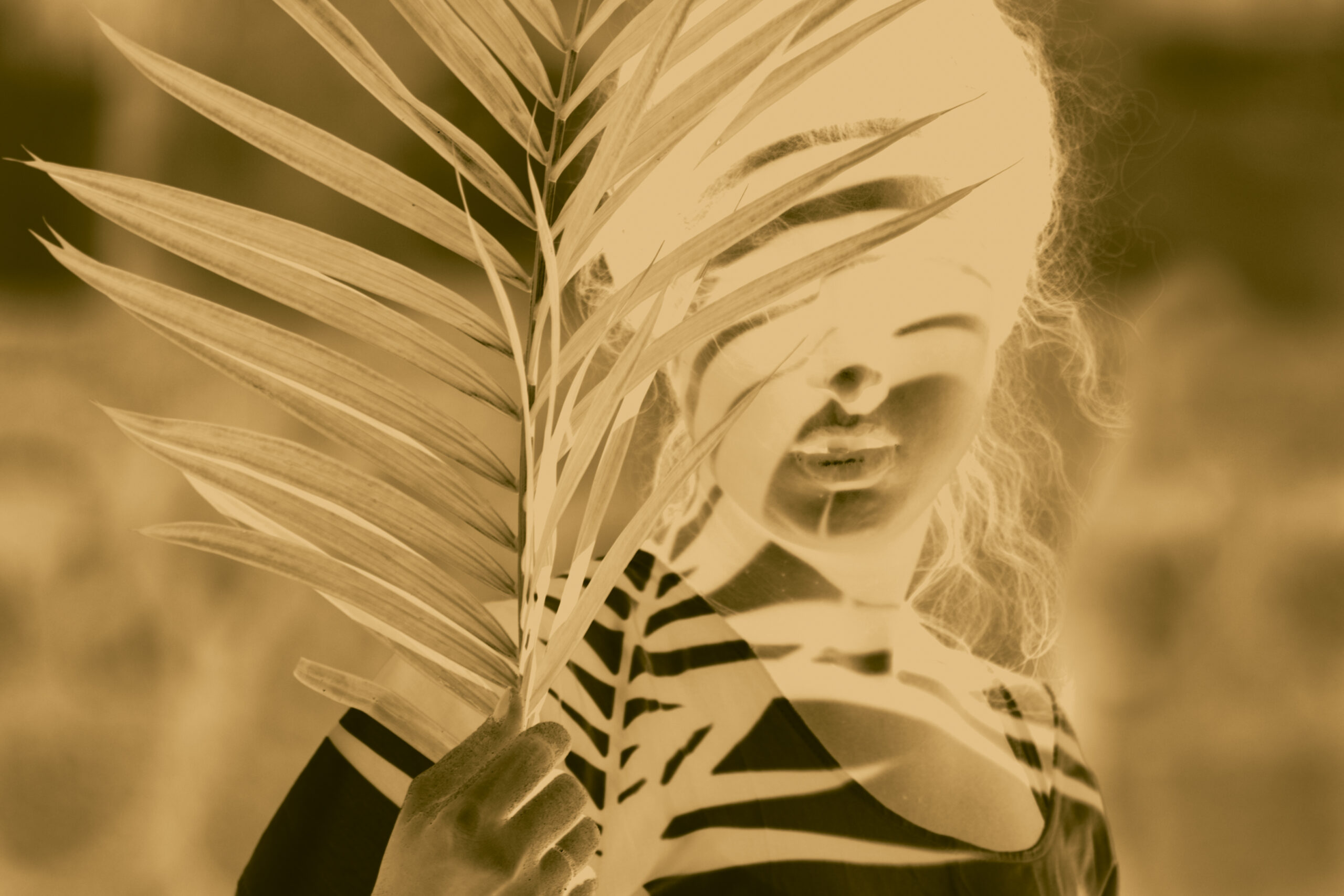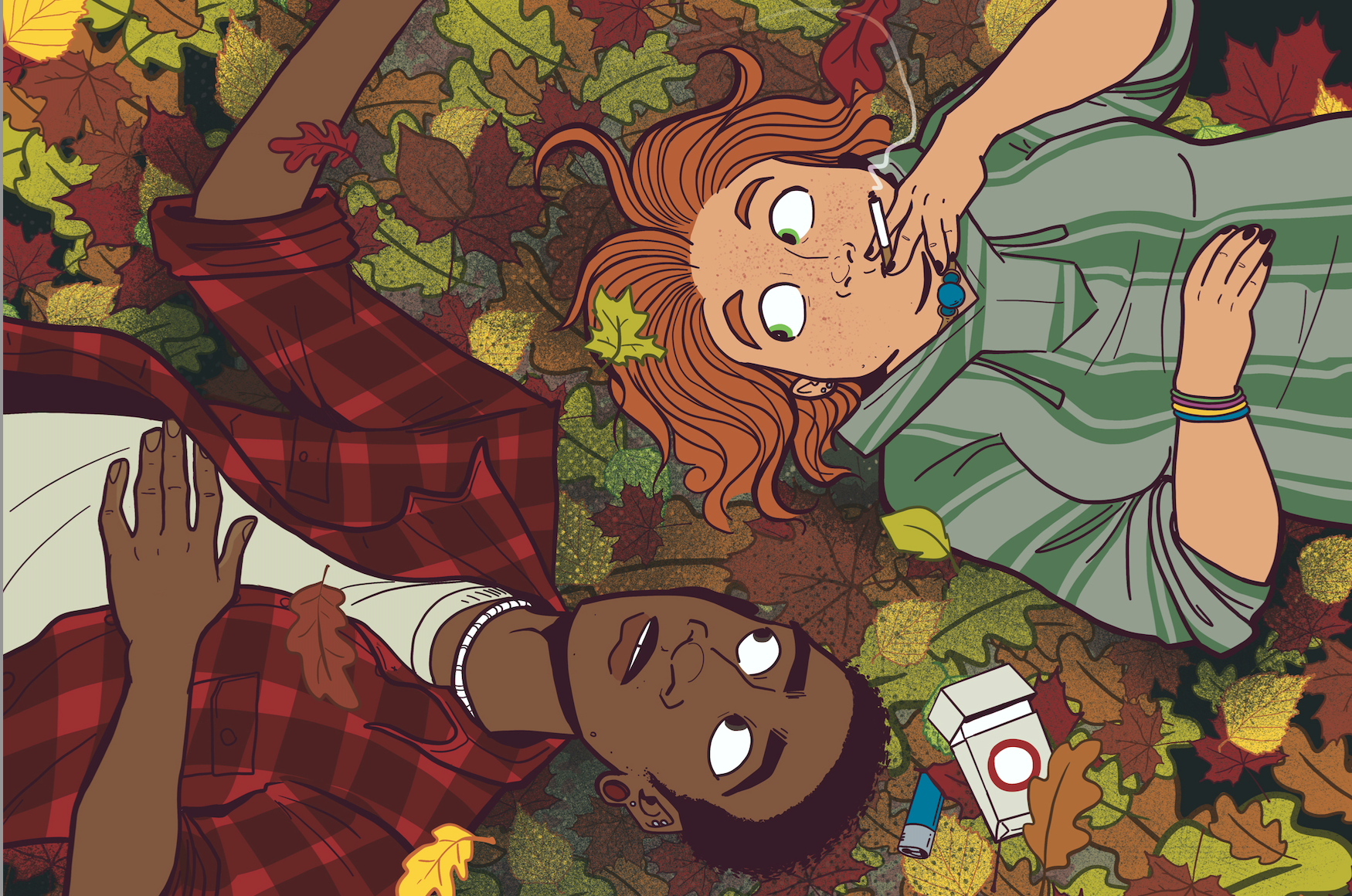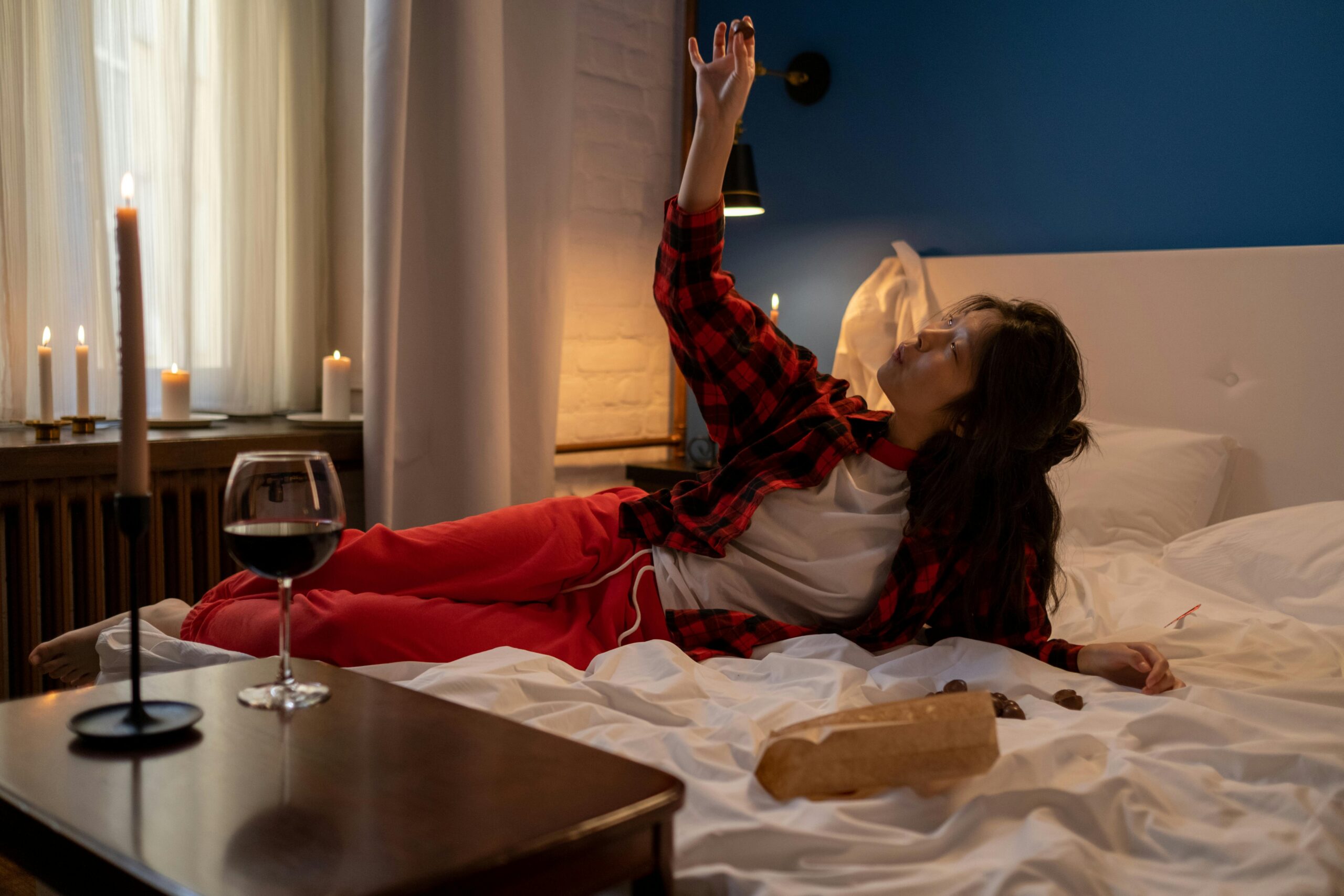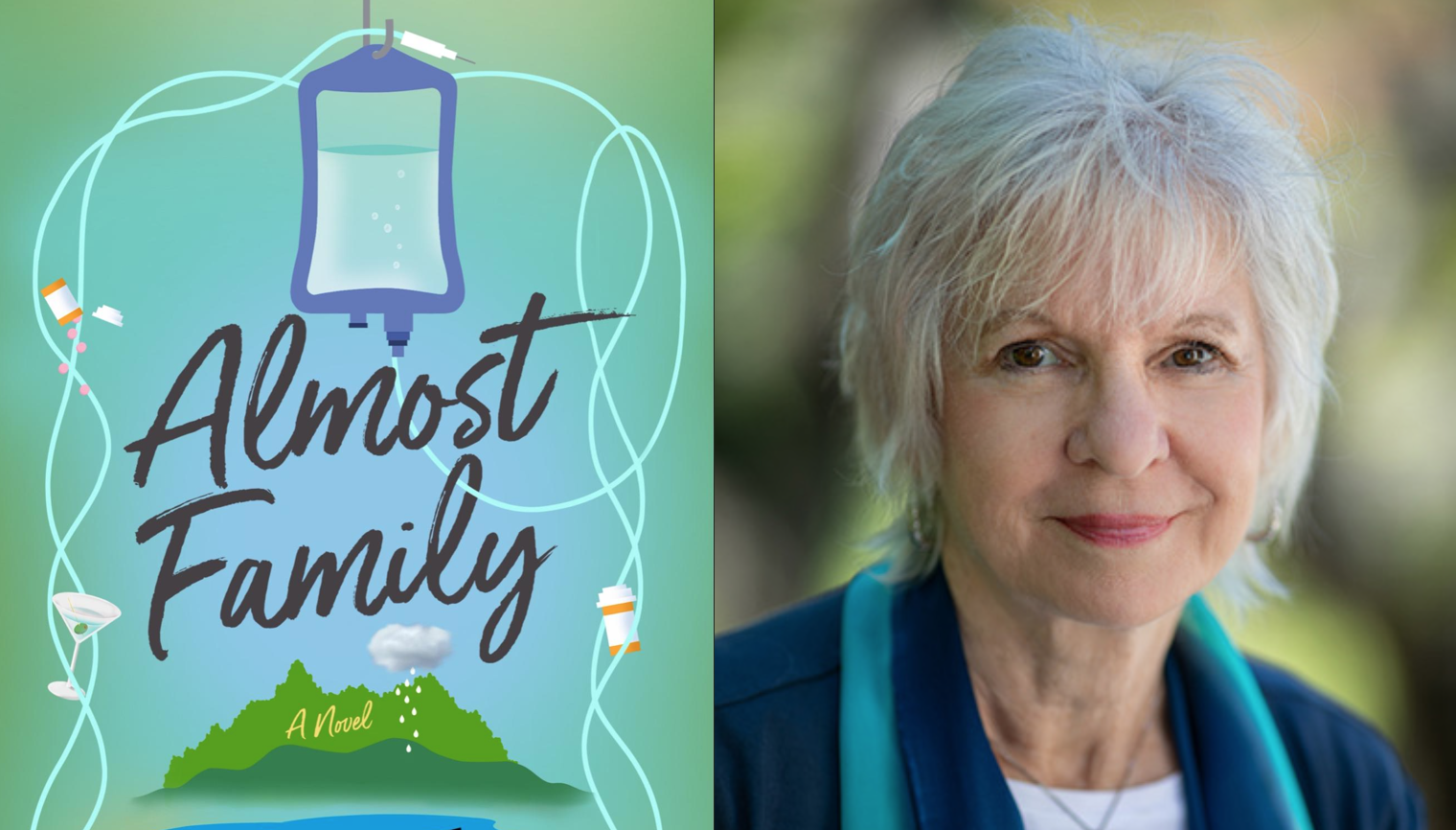
Los Angeles-based photographer Kristin Bedford’s new photo book ‘Cruise Night’, available to buy on Tuesday May 4, 2021, pulls back the curtain on LA’s Mexican American lowrider car culture, aiming to tackle the misconceptions and celebrate the uniqueness of this marginalized community. She is the first woman to create an original large-scale body of work about this American movement.
Since its beginnings in the 1940s, the prolific lowrider tradition has provided a platform for Mexican Americans to have a voice and be seen. Today there are tens of thousands of lowriders in Los Angeles, still, lowriding is often pigeonholed as craft or folk art and stereotyped as crude and dangerous. Through intimate and unstaged photography, Kristin reveals a different reality – a tradition of self-expression that is passed down between generations.
The photographer’s own fascination with lowriding began when learning of the complex and sophisticated nuanced symbolism behind car customization. Cars became mobile canvases reflecting decades of identity politics and culture, allowing a platform for creativity. The legendary community embraced and welcomed Kristin over her five years of integrating and documenting their lifestyle, sharing traditions, attending hundreds of lowrider cruise nights, car shows, quinceañeras, weddings and funerals. Her photographs of women lowriders display them in their element without being positioned as accessories.

‘Cruise Night’ (Damiani) is a visual tribute to a prolific American cultural movement set against the Los Angeles cityscape. Seen through a rare and uniquely female vantage point, Kristin aims to overturn this cultural space traditionally defined by men. ‘Cruise Night’ includes snippets of oral histories by members of the various clubs speaking about the culture and its impact on their lives. The reflective text on the book’s cover reflects the metallic sheen of the lowrider exterior detailing.
“Kristin Bedford appreciates the sensitivity of our culture and ‘Cruise Night’ is an amazing representation of lowriding. We are always being stereotyped but by riding with us she understands what we are really about and what we do. She has earned the respect of the lowrider community by not just making a book but by living the life with us. We will always be thankful that she’s one of the very few that got it right. Like the saying goes, “one rides, we all ride” and she’s riding along with us.” said Juan Ramirez, Co-founder Los Angeles Lowrider Community and President of Just Memories Car Club Los Angeles, CA, in a statement.
Kristin’s work centers a lot around the intersection of aesthetics and social realism. Her photography explores race, visual stereotypes and communal self-expression. Through long-term engagement with communities, she invites us to reconsider prevalent visual narratives around cultural and spiritual movements, which is what ‘Cruise Night’ aims to do. We had the opportunity to speak with Kristin about her new book right before the release, and here’s what she shared with us about the project and how she uses the medium of photography as a means to start conversations around culture, stereotypes and perspective:

What initially drew you to the lowrider culture, and made you want to create this photo series?
Underlying all of my projects is an interest in social justice and how communities express their civil rights in a society that often marginalizes them. My path to lowriding came from an interest in how the customization of a car is about having a voice – politically, culturally and creatively. While lowriding is a worldwide phenomenon, for Mexican Americans in Los Angeles, it has a unique significance. For over seventy years, this community has been expressing their identity through this distinct car culture. I wanted to photograph and understand how transforming a car was integral to being seen and heard.
One of the objectives is to get people to question societal stereotypes around the culture. What aspects do you hope are challenged?
While my interest in communal self-expression is what brought me to lowriding, once I began making photographs of the movement, I had no agenda. My process is to completely turn myself over to the unknown. I am grounded in mystery and I let the photos reveal what the story is about.
I hope that viewers will perceive the beauty and depth that I witnessed while making this work. Lowriding has often been stereotyped and misunderstood as simplistic or crude. In my own quiet way, I am offering a glimpse at how I experienced this great American tradition.

You also specifically focused on the female perspective within the culture. Why was it important for you to do this?
For my entire career I have considered myself a “photographer”. During this project I realized for the first time that I was a “woman photographer”. When I saw the reverent, quiet and natural photos of women lowriders I made, I discerned that it was a woman connecting with other women who made them. I also reflected on why I had not seen images like this before and it became clear to me that the visual narrative of lowriding, and automotive cultures of all types, has been entirely shaped by men. The male-dominated imagery usually portrays women as sexual accessories who pose in bathing suits or lingerie alongside a car. I feel it took a woman photographer to break through this mold and offer a new story.
How does the city of Los Angeles play a role in this series?
Los Angeles has a distinct history of discrimination against the Mexican American Community – from the Mexican Repatriation Act in 1929, to the Zoot Suit Riots in 1954, and the presence of ICE on our streets and in front of our schools today. These events have shaped political and creative movements in Los Angeles for decades. In the case of lowriding, the customization of a car is connected to this long history of being marginalized and is an outlet for being seen and heard.

What was the most interesting or fascinating part of this series for you personally?
For the first two years of working on ‘Cruise Night’ I intellectually understood the cultural and creative significance of lowriding for the Mexican American community in Los Angeles. There was a moment in 2016 when I felt an internal shift from a cognitive understanding to an intuitive one. Suddenly I could feel how lowriding was in their DNA and how it is part of who they are. As a result of the lowriding family so generously embracing me, I had the opportunity to understand this tradition at a personal level.
How do use the medium of photography as a commentary on social issues, real life etc?
I spend most of my time listening and getting to know people. My foremost priority is personally connecting with the lowriders. I keep my camera out so people know why I am there, but I spend a fraction of the time making photographs. It was through kinship, trust and respect that the lowrider community embraced me.
When I think about photographing a community of people I treat them as I would like to be treated. I only use available light, no strobes or flashes. All of the photos are unstaged, with no posing or created environments. I use a fixed lens, which means the distance I appear to be from the subject is the actual distance. If you see a photograph from inside a car, it exists because I was invited to be there.
You can purchase a copy of ‘Cruise Night’ by clicking here.

















